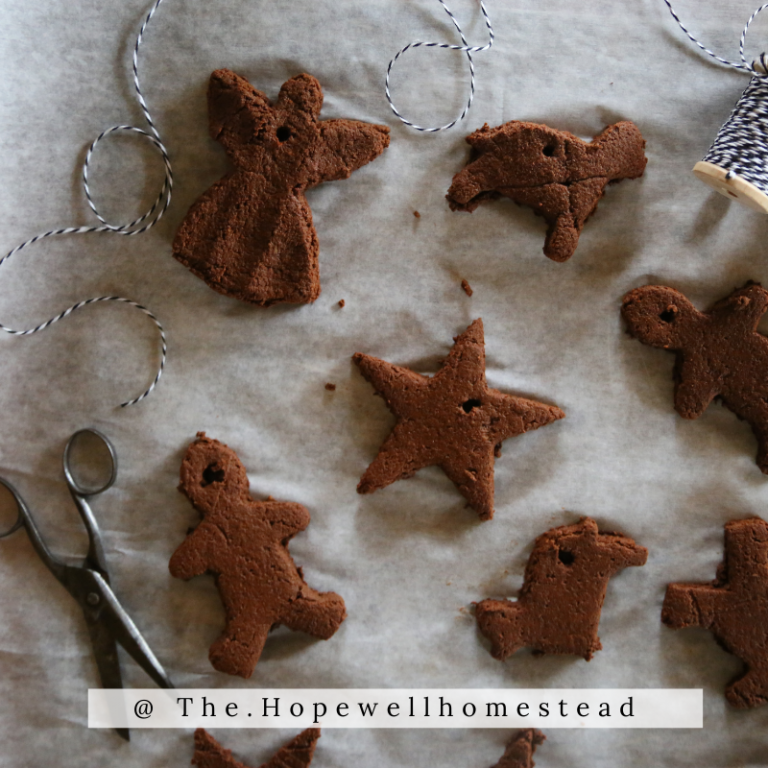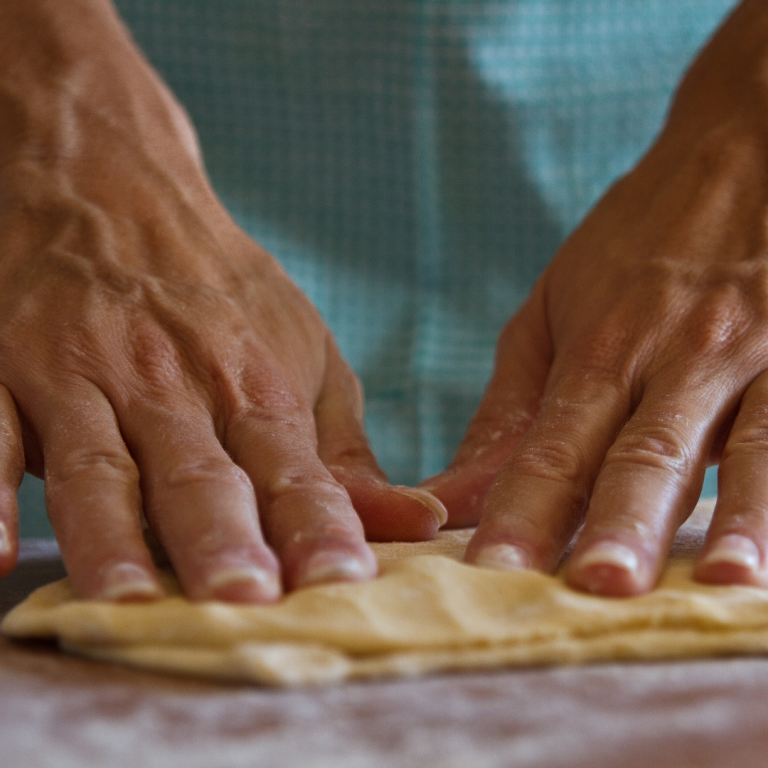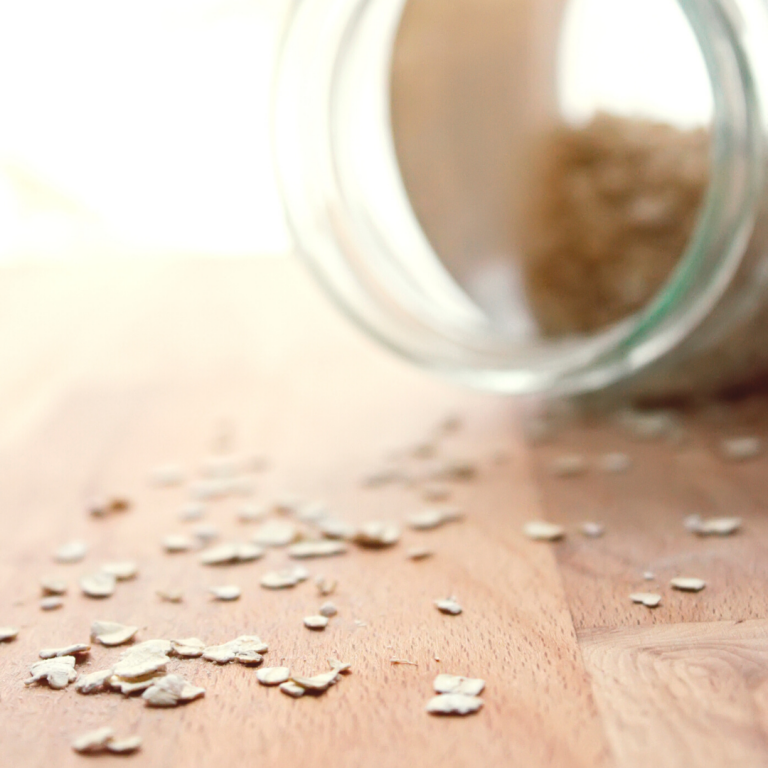When we began planning our Carriage House, I kept a large stack of tangible inspiration close to me. I called it my emotional support book stack. They were design books I had collected that now lived in a cozy pile near my bedside table. Dog-eared pages, tattered book covers and so much hope of what could be, in each bound stack of colored print. Many evenings after the kids had gone to bed, I would pull out a book and slowly make my way through each detail I had carefully cataloged. I’d also show Will the important details so he too could make a mental note when the time came to recall in finishing the details of the kitchen. I studied the colors, the shapes and outlines, the fixtures and the less appealing aspects of each page contemplating what appeals to me most and what I hope to not recreate.
(Here’s a Link to a few of my All-time Favorite Design Books)
As I’m recollecting this almost nightly ritual that went on for over a year as the carriage house was in the process of being built- I feel disconnected to that deep yearning I once had for an eclectic kitchen all my own, just for me.
It’s here, it’s alive. It’s not on hundreds of pages in varies books. The kitchen has been up and running since September 2023. The elements I was hoping to capture and make my own, are there and in 3 dimensional form. The notes, the cubby hole carefully measured during framing to ensure a specific step back hutch would fit. The brass handles and drawer pulls we sought out are there, right down to the stone sink. Each detail, a wanted and needful piece of beauty that was carefully selected and sourced.
Every now and then, a picture is moved or a new gadget is added to the counter top but for the most part – This kitchen was built just for me and is unchanged from our original hopes. There is very little that I would have done differently.
Below are images of the kitchen as it is today in 2025. It’s been broken in, used and loved well. The only changes that are planned are the eventual installation of an antique pendant light over the sink, 1920s inspired trim around the window and possibly new cover plates for the outlets and switches that blend in a bit better with our “style” as well as vents and covers for the air vents and can lights. It’s hard to truly “finish” the inside of your space when it’s dependent on you and you’re also a bit unmotivated to finish it.








If you are hoping for a kitchen refresh, remodel or completely from-scratch – here are 10 ways to achieve the design elements you long for— in true Hopewell Fashion, for Less.
1. Build a Tangible Inspiration Stack
Gather real design books or magazine clippings instead of relying solely on digital sources. This helps you stay rooted in your own style and make more intentional choices. Make notes.
2. Study, Don’t Just Scroll
Take time to thoughtfully analyze design elements that speak to you—colors, shapes, fixtures, and even what you don’t like. This prevents costly design mistakes.
- Share Your Vision with Your Team
Whether you’re working with a spouse or a builder, communicate the details that matter most to you. It ensures your vision is respected and reduces the chance of expensive re-dos. Be open to their opinions and expertise.
4. Design with the End in Mind
Plan your space around key pieces you already own or hope to find, like a special hutch or stone sink in my case. This approach can save you from costly changes later on.
5. Source with Patience
Take your time finding the right pieces. Hunt for quality items secondhand, through salvage yards, or during sales—especially for fixtures and finishes. Do not skimp on Facebook Marketplace.
6. Prioritize the Pieces that Matter
Decide what is worth the investment (like a unique light fixture or stone sink), and save elsewhere. It’s okay to splurge on the elements you’ll enjoy every day.
7. Accept an Evolving Space
Your space doesn’t have to be “finished” right away. Outlet covers, trim, and lighting can be updated later—design is a process, not a deadline. Enjoy the ride.
8. Invest in What’s Used Daily
Focus your budget on functional items you interact with most—like hardware, countertops, and faucets. These small, high-touch details add lasting joy and need to be made of substance.
9. Let the Space Be Lived-In
Your home doesn’t need to be perfect to be beautiful. A little mess, shifting decor, and visible use make a space feel like home, not just styled.
10. Chase Joy, Not Trends
Design your space for you, not the algorithms. When you follow your instincts and what brings you joy, you’ll naturally create a space you love—for less.






